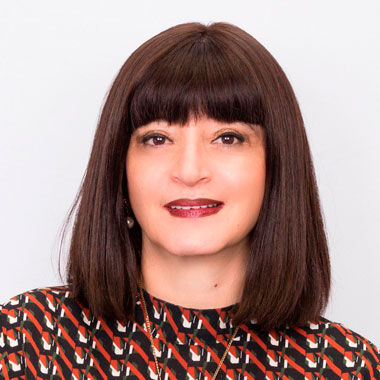The portion of this week is Shemot, which is the beginning of the second book of Moses. As Rav Berg has repeatedly stated, the translation of “names” and “exodus” is inappropriate. Each of the five books is referred to by its name. The first book is Beresheet, meaning “beginning.” Therefore, the translation to the word Genesis is appropriate, as it tells the story of when it all began. Shemot, the second book, means “names.” As we have learned in Kabbalah, there is a much deeper significance to what this book is about. More specifically, the first section of the first reading has to do with the problem of the Israelites in the land of Egypt.
We learn that Moses was left on the Nile River and found by Pharaoh's daughter, Batya. He was then admitted into the household of Egyptian royalty. Why was he called Moses, and by whom? By his mother or father? No, by Batya, the daughter of Pharaoh. She calls him Moshe because the word means “draw out,” and she drew him out of the Nile river. His name is the strongest name that is known in connection with the Lightforce of the Creator for healing: mem hey shin. For Moshe was a physical human being, but he symbolizes something deeper with a greater significance. His life was more than a fairy tale of a child growing up in the house of Pharoah.
In this week’s astrology energy, Mars in retrograde comes to an end. This helps with the energy of healing. Mars is in Gemini for an astonishing seven months—until March of 2023 (this usually lasts two months). This is the time to reclaim your life, break away from toxic situations, reflect on where you want to go in your life, and then start over. This energy represents a time when we cannot simply continue on the same road. Stop and ask questions. The time has come to take control of our destiny rather than leave it to chance.
READ: A Monthly Guide for Parents: Capricorn 2022
